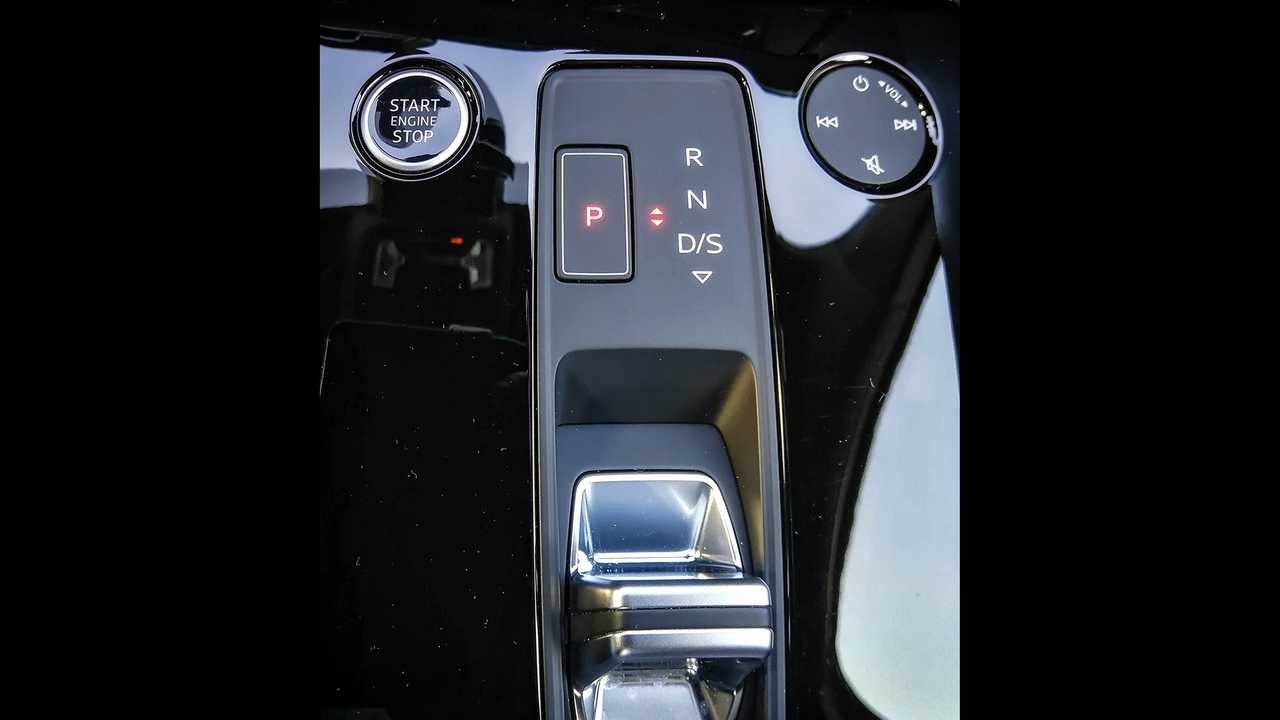
Anti-theft systems can be used to safeguard personal property and valuables. These systems are popular in retail environments to protect items. There are many options available, including locks, RFID tags and GPS locators. The following are some examples of such systems. For more information, please read the following. And remember, the better the anti-theft system, the safer your car will be. How can you decide which one is right?
Wheel clamps
Wheel clamps for anti theft systems can prevent unauthorized use of the vehicle. These clamps are made up of an assembly that has a first, elongate arm as well as a catch member that projects transversely. The arm members are joined to a body member that supports them in a spaced apart relationship. The road wheel width can be accommodated by the distance between the arm members. Additionally, the locking mechanism should be adjustable.
Some wheel clamps come with locking pins and provide an excellent visual deterrent. Internal locking mechanisms are the most common type of wheel clamp. However, a determined thief can easily hacksaw through the lock or remove the clamp altogether. Because of their visual deterrent properties, wheel clamps offer additional security. Even if thieves aren't able to remove the clamps from the wheel, anyone passing by would know.

Tire locks
Tire locks are a very common way to secure your car. They stop your car's spinning when you aren't driving it. This is especially true if you will be gone for a lengthy period of time. There are many options for tire locks. Prices range from $20 to $30. Some locks are made from extra-tough steel, making them hard to pick or pry. Others latch to your steering wheels.
Many tire locks are adjustable and include a set of keys. These are easy to install and include four keys for added security. Many tire locks will fit most standard tires. However, some may not work with large mud tires or other unusually sized tires. The device is easily visible, making it less attractive to thieves. Its bright yellow coloring makes it easy for motorists to spot. It is highly visible and a good choice to secure your vehicle.
Passive immobilizer
A Passive immobilizer is a car security device that locks and unlocks the engine of a vehicle. The immobilizer will stop power from flowing through the coil when it detects that the ignition key has been turned off. The circuit is completed only when the key is turned ON or by momentarily pressing a push button. The system arming itself when the engine is switched off also prevents it from being restarted without the proper procedure. However, the owner of the vehicle can disable it and allow him to restart the engine.
An immobilizer has another benefit: it prevents hotwiring the vehicle, even if the key is not present. Studies show that nearly 40% of car thefts can be avoided by installing an immobilizer. Modern car keys feature immobilizers as a part of their design. These keys are also called key fobs. Many of them have buttons that lock or unlock the doors and trunk. Some smart keys allow remote start. However, if you're considering a Passive Immobilizer anti theft system for your car, make sure you check the information that comes with it.

LoJack
A stolen vehicle recovery system like the LoJack can help save your insurance and bring your stolen car back. LoJack uses a small and silent radio transceiver to install in your vehicle. The transceiver is activated when your car gets stolen. The computer sends an unaudible signal back to law enforcement. They can then track your car.
LoJack's radio frequency transmitter is hidden deep within the car or machine. It does not require any external components and is powered by a dedicated power source (usually 12 or 24 volts). Once it is installed and serviced, the serial number will remain attached to the LoJack device. It won't work with other electrical devices. Installing the LoJack system in your vehicle is a good idea.
FAQ
What length of an automotive course is it?
A course in automotive lasts three years.
The first year focuses on theory and learning about cars. The second year is spent on practical training where you learn how to drive, fix engines, and do other mechanical jobs around the car. You will spend the final year working in a local garage to gain real-world experience.
What are the requirements of an automotive technician?
You must have high school, or GED, and be able to read and write well in English and math. It is also necessary to be able both to read and to write. After passing a written test, you will need to complete a series of practical tests before you are allowed to begin working.
How long does an apprenticeship in automotive mechanics last?
The apprenticeship to become an automotive mechanic takes about three years. It includes two years of school and two years as an apprentice. The first year of training is spent in the trade. This includes theory and practical skills as well as safety procedures. This year, you will also learn how to safely and efficiently use tools. After you have completed the first year of training, you will be able to spend an additional year on-the job learning different trades. You will have the opportunity for formal training during these years.
The last year of your program will be spent earning qualifications and becoming certified. These include NVQs. They are awarded after passing exams on specific topics within the industry. You can also get HNCs (Higher National Certificates), that cover subjects such as customer service, business administration, management, and business administration. City & Guilds certificates offer qualifications in certain trades.
Is it hard to get a job working as an auto mechanic?
It is possible. Many garages advertise their vacancies online, and many people apply just because they think it might be fun. If you want to get your foot in the door, you should try applying for a few places and see if they accept student applications. If you don't know anyone working in the industry, ask your friends and relatives. You might be able to refer someone.
Statistics
- There were 749,900 jobs available for automotive service technicians and mechanics in 2016, which is expected to grow by six percent through 2026. (jobhero.com)
- The U.S. Bureau of Labor Statistics (BLS) reports that the job outlook for automotive service technicians and mechanics is expected to decline by 4% from 2019 to 2029. (indeed.com)
- According to the BLS, total auto technician employment is expected to exceed 705,000 by 2030. (uti.edu)
External Links
How To
How to obtain a mechanic certificate
For those who are interested in becoming certified automotive technicians, the mechanic's certifications will help. These certifications provide an overview of all aspects of auto repair including engine diagnostics and electrical systems, brakes. steering. fuel injection. air conditioning. heating. exhaust. diagnostic tools. body repairs. collision damage repair. collision repair. paintless dent removal. motor vehicle emissions testing.
The program comprises 12 hours of classroom instruction, and three months on-the job training at a participating dealership. Students must complete at least 60 hours of classroom work per semester. They also need to pass a written test that covers theory and practical questions. After completing the coursework students are eligible to take the National Institute for Automotive Service Excellence state examination (ASE). To become an automotive service technician, you will need to be certified by ASE.